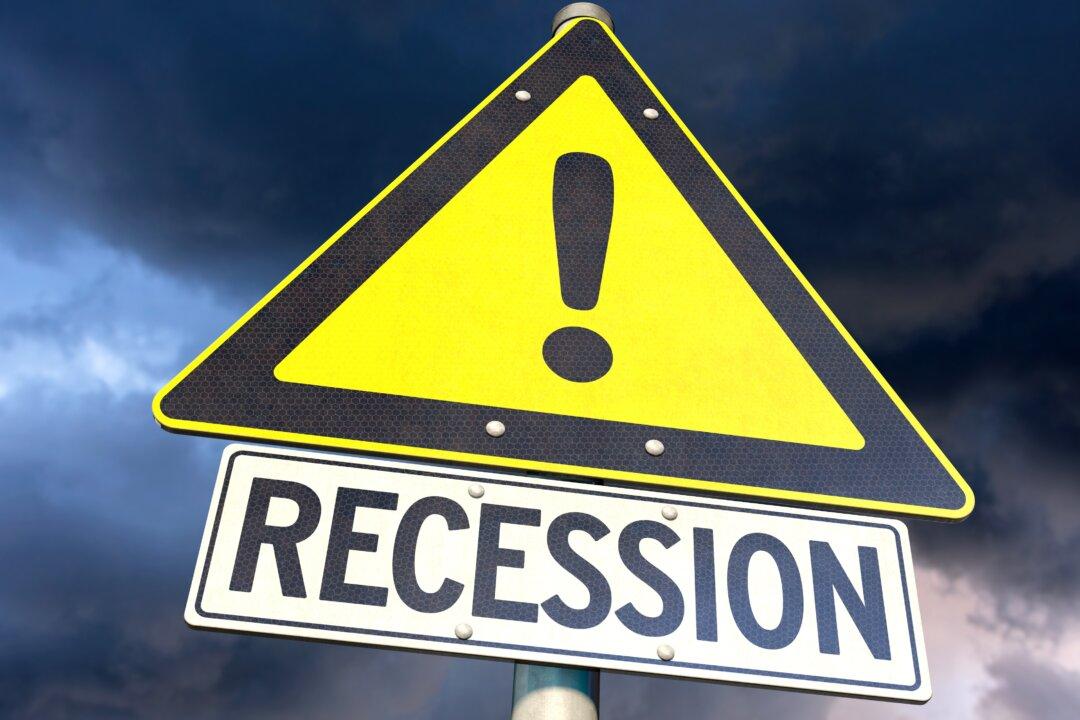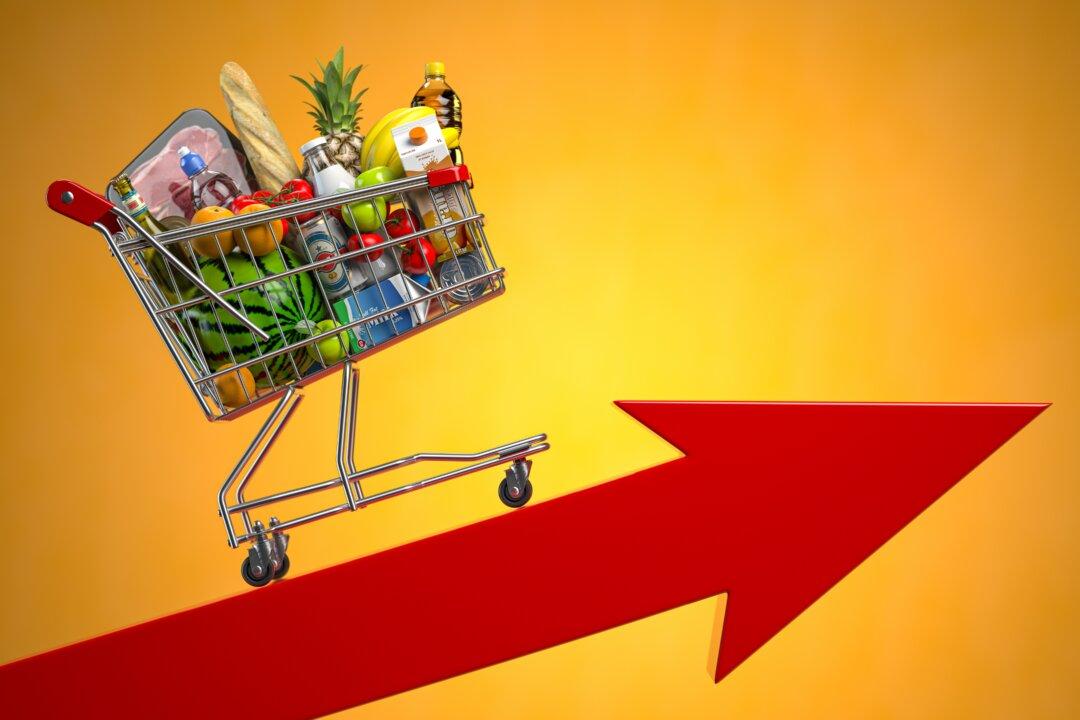Commentary
Because everything nowadays is, it seems, little more than a game of partisan football, whatever one side does, the other reflexively denounces it before giving it a second thought. Common sense is cast aside in the almost all-out war of narratives, a fact proven repeatedly during the pandemic.





